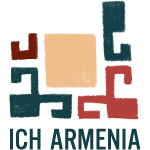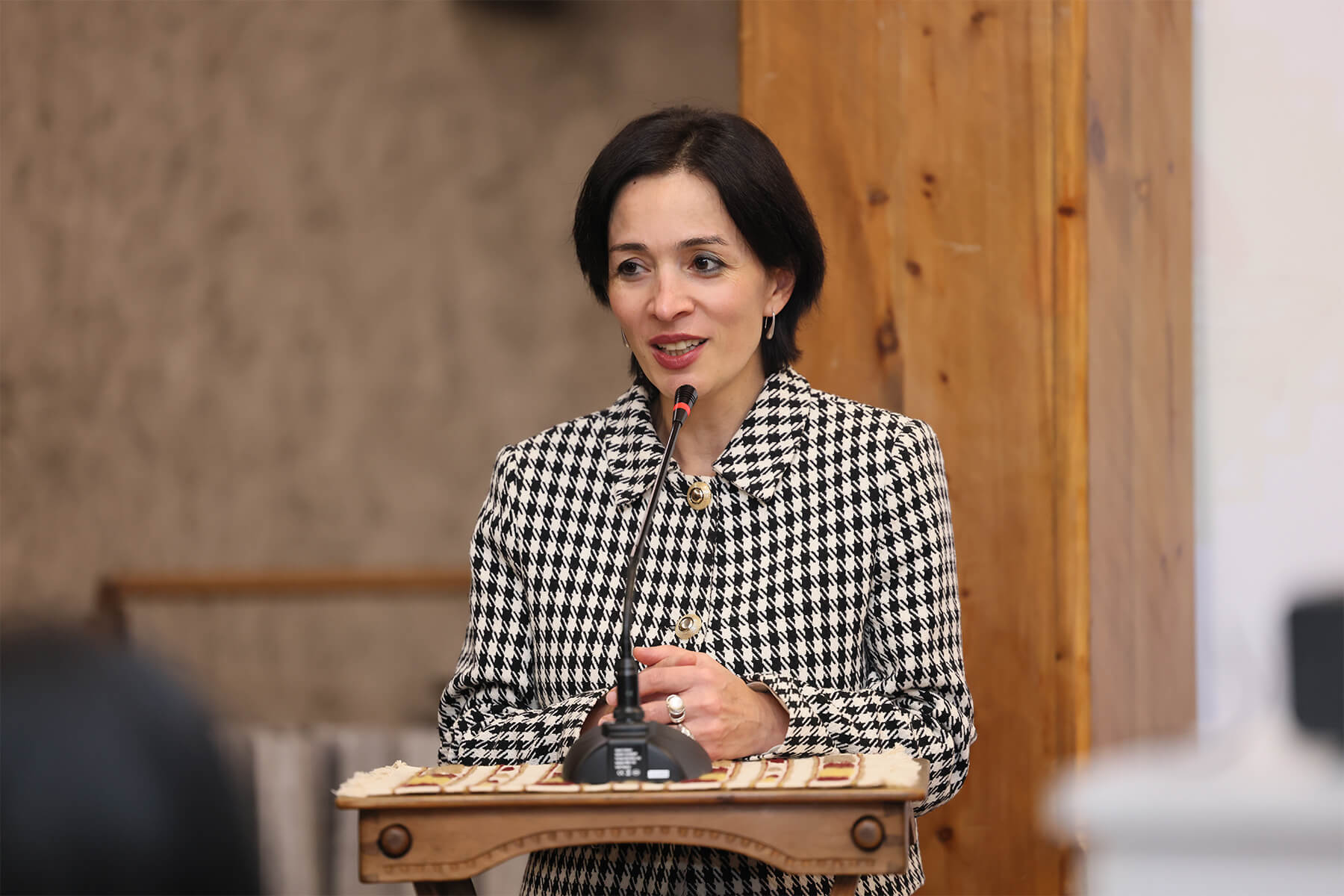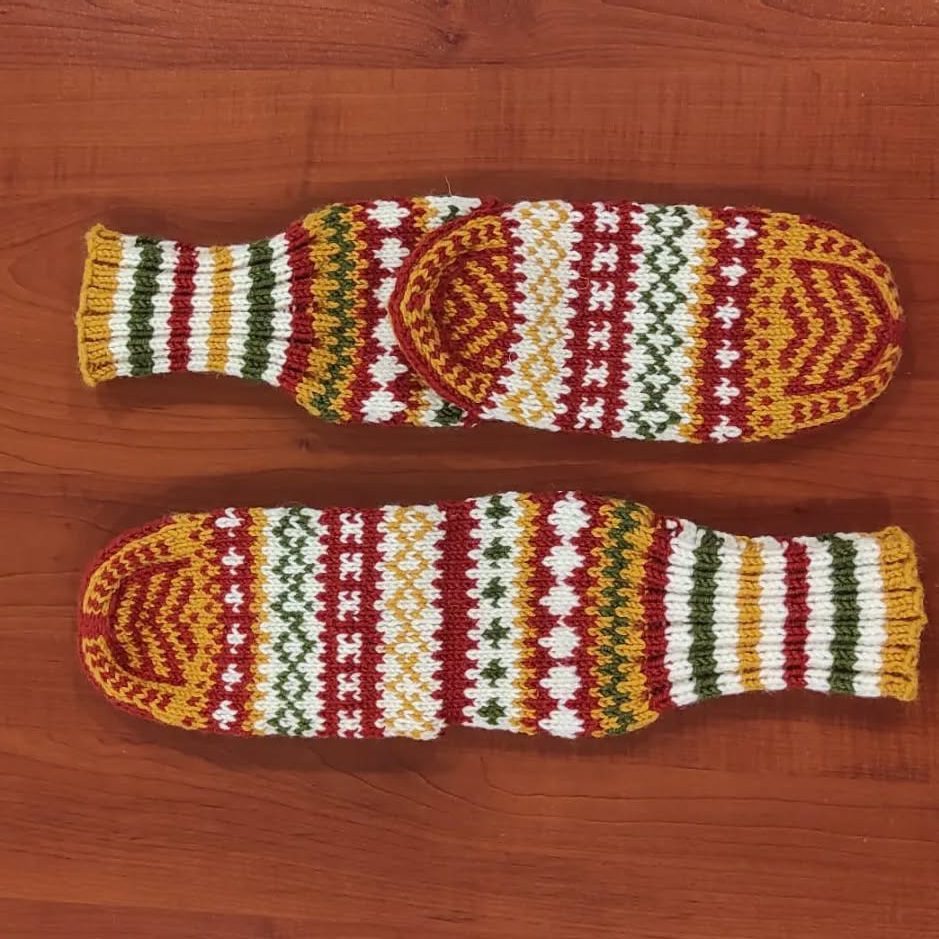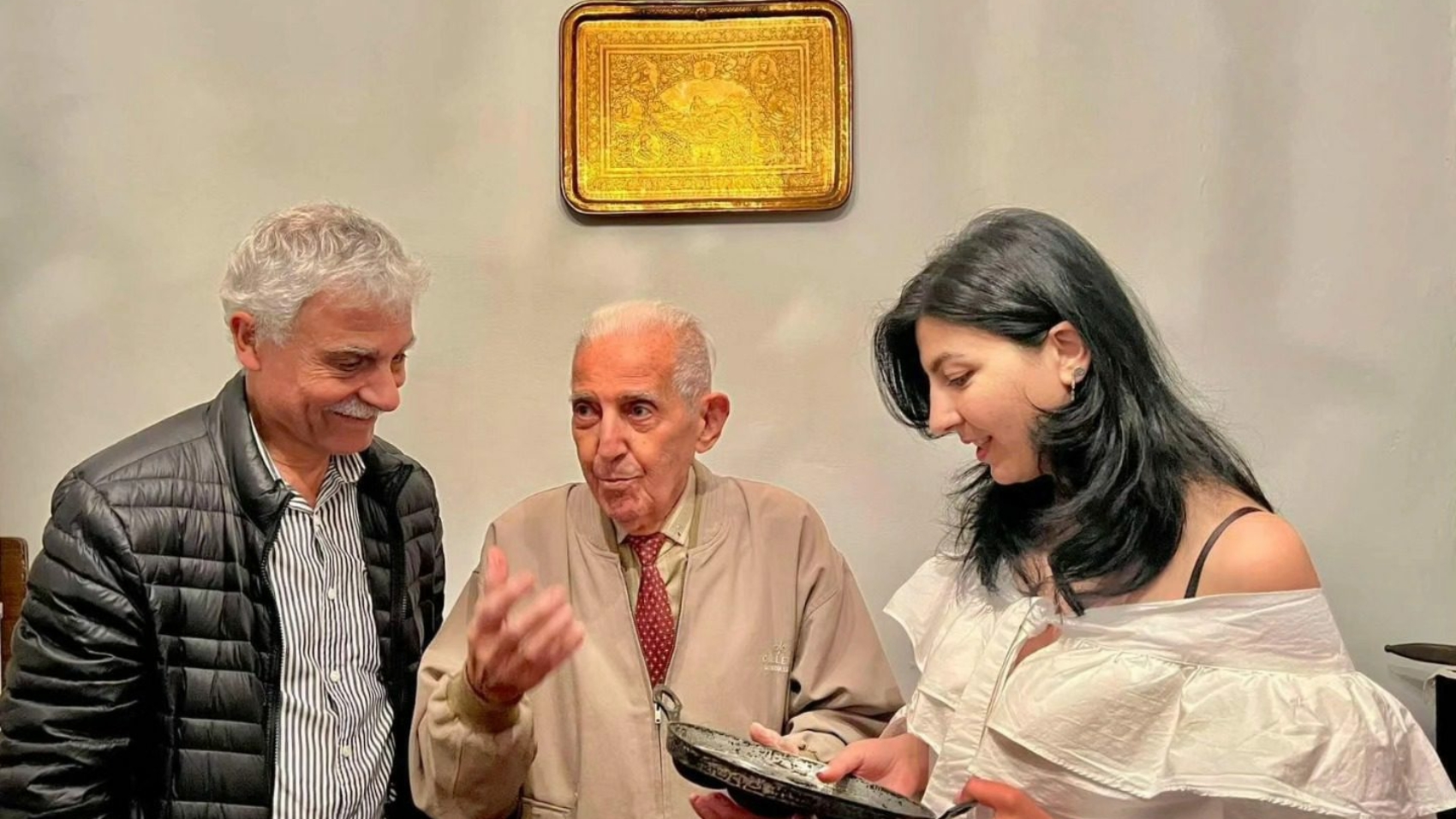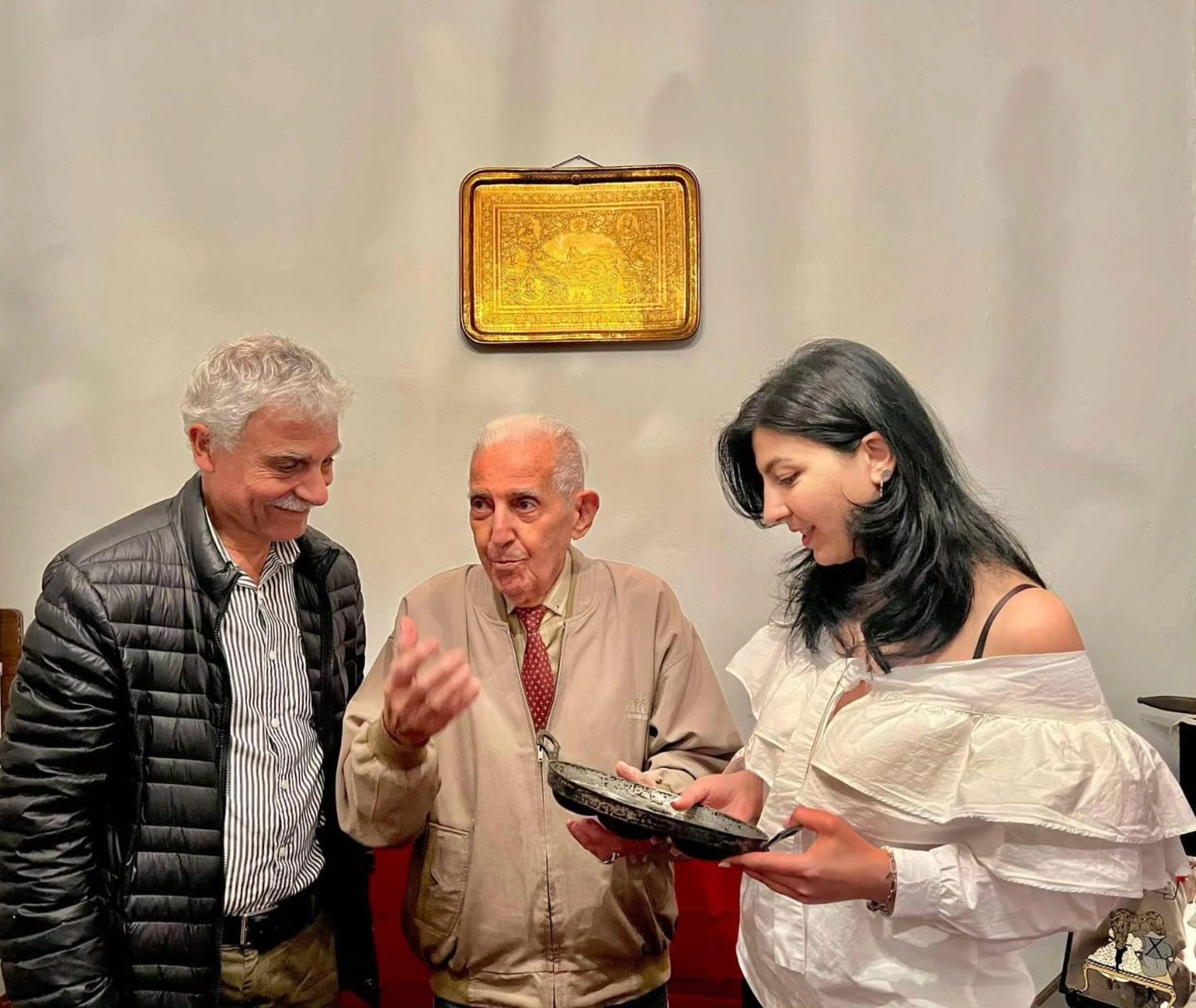
A postage stamp dedicated to the theme “UNESCO Representative List of the Intangible Cultural Heritage of Humanity: The Tradition of Blacksmithing in Gyumri” has been issued.
The stamp cancellation ceremony was carried out by Arayik Harutyunyan, Chief of Staff of the Prime Minister of the Republic of Armenia; Zhanna Andreasyan, Minister of Education, Science, Culture and Sports of Armenia; Gevorg Meliksetyan, Deputy Minister of High-Tech Industry; Davit Knyazyan, Secretary-General of the Armenian National Commission for UNESCO; Toussaint Tiendrebeogo, Secretary of the 2005 UNESCO Convention on the Protection and Promotion of the Diversity of Cultural Expressions; Shushan Aleksanyan, Chief Executive Officer of HayPost CJSC; and Hovik Musayelyan, President of the Armenian Philatelists’ Association.
The event took place within the framework of the Yerevan International Conference “Cultural Crossroads,” dedicated to the 20th anniversary of the 2005 UNESCO Convention on the Protection and Promotion of the Diversity of Cultural Expressions.
The postage stamp, with a face value of 500 AMD, depicts blacksmiths at work, as well as sparks produced by the contact between a hammer and heated metal. The UNESCO logo is featured on the stamp, as the tradition of blacksmithing in Gyumri is inscribed on UNESCO’s Representative List of the Intangible Cultural Heritage of Humanity. The inscription “Tradition of Blacksmithing in Gyumri” appears on the stamp in both Armenian and English.
Blacksmithing has long been a widespread craft in Armenia; however, it found its fullest expression as an urban craft in Gyumri, where it flourished particularly during the 19th century.

